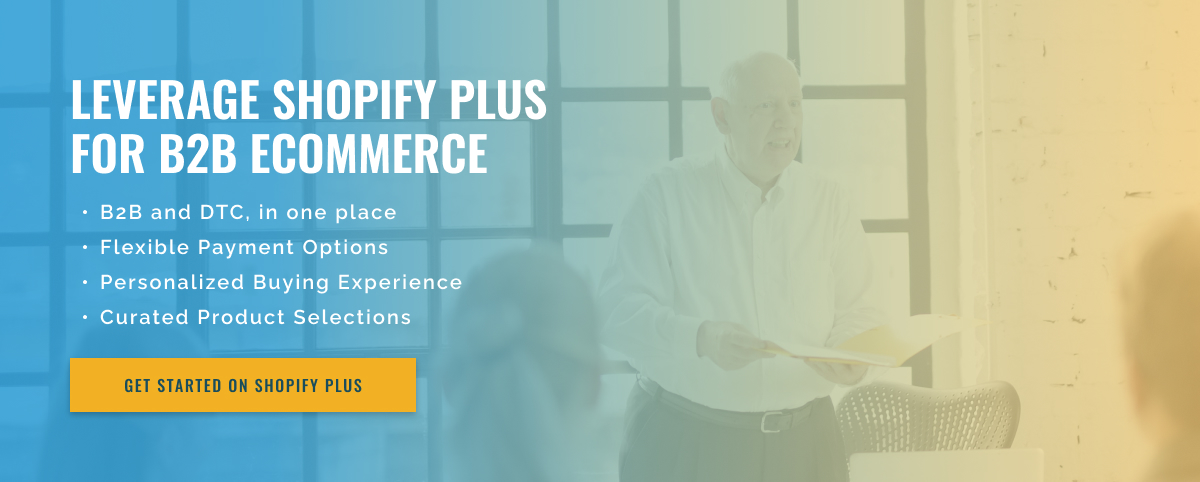3 minute read
Techniques for Integrating Shopify with 3PL B2B Providers
As more and more businesses turn to online platforms for their sales needs, the need for seamless integration between different systems is becoming increasingly important. For businesses using Shopify as a B2B shopping platform, the need for efficient integration with third-party logistics (3PL) providers has become a top priority.
In simple terms, third-party logistics providers are companies that specialize in providing supply chain solutions to businesses. They take care of various aspects of the supply chain, such as warehousing, transportation, and fulfillment services. By working with a 3PL provider, businesses can focus on their core activities while the provider takes care of logistics.
For developers, integrating Shopify B2B stores with 3PL providers can be a challenging task. However, with the right techniques, this integration can be achieved seamlessly, ensuring the smooth flow of data and operations between the two systems.
1. Leverage APIs: Application Programming Interfaces (APIs) allow different systems to communicate with each other in a standardized manner. Shopify has a robust API that allows developers to integrate the B2B store with the 3PL provider’s system. This enables real-time communication between the two systems, ensuring accurate and up-to-date information exchange.
2. Data mapping: Data mapping is the process of establishing a link between data fields in different systems. This is especially important when integrating Shopify with 3PL providers, as the two systems may have different data structures. Developers must carefully map data fields to ensure that information is exchanged correctly between the two systems.
3. Automated order fulfillment: One of the biggest benefits of using a 3PL provider is the ability to outsource order fulfillment. Developers can use automation tools to streamline the process of submitting orders to the 3PL provider. This can be achieved by using order management software or custom scripts.
4. Error handling: Despite your best efforts, errors may occur during the integration process. Developers should develop error handling protocols to ensure that any issues are quickly identified and resolved. This will ensure that the integration process remains uninterrupted and operations run smoothly.
5. Continuous testing and monitoring: Integration is an ongoing process and developers must continuously test and monitor the integration to ensure that everything is working properly. This will enable them to identify and resolve issues before they impact the operations of the B2B store.

